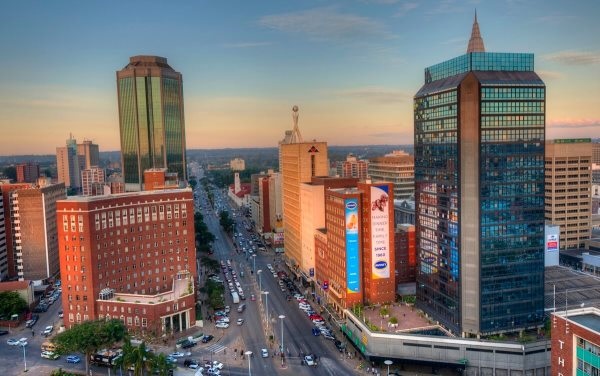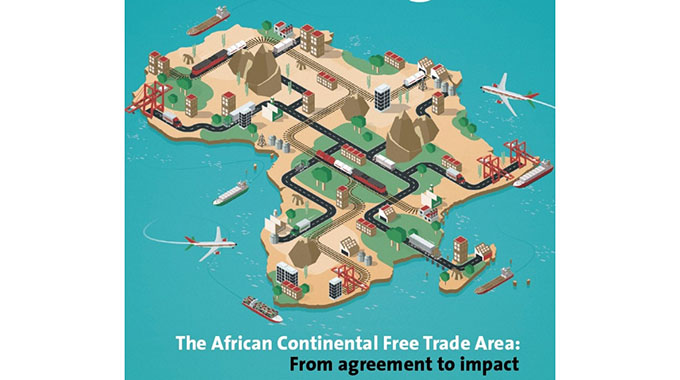Cattle slaughters surge as farmers counter drought
Cattle slaughters at formal abattoirs surged in the first quarter of 2024, according to the latest report from the Reserve Bank of Zimbabwe (RBZ), as 94,062 cattle were slaughtered in the first three months of the year.
The number of slaughters in the first quarter of the year reflect a significant increase from the 87,352 slaughtered during the same period in 2023. This upsurge, while slightly lower than the 95,170 cattle slaughtered in the last quarter of 2023, underscores a continued effort by farmers to mitigate potential losses due to the ongoing drought.
“The viability of the cattle industry is expected to be affected by low availability of grazing and increase in the cost of stock feeds,” the report reads in part.
The RBZ report highlights that the increase in cattle slaughters is part of a destocking strategy adopted by farmers since late 2023. This pre-emptive measure aims to hedge against the adverse effects of drought, which threatens the viability of the cattle industry by reducing the availability of grazing land and inflating the cost of stock feeds.
Prevailing and persistent dry conditions have exacerbated the scarcity of natural pasture, compelling farmers to offload their livestock in greater numbers to avoid significant losses.
In contrast, the pig industry faced a downturn, with slaughters decreasing to 59,026 head in the first quarter of 2024, down from 61,384 in the same period of the previous year.
This decline reflects ongoing challenges within the sector, primarily linked to high stock feed prices that have remained persistently elevated. These economic pressures have hindered the viability and growth of pig farming operations, leading to reduced production and slaughters.
“The static performance resulted from legacy viability challenges emanating from persistently high stock feed prices,” the report reads.
The RBZ report underscores the broader implications of these trends for Zimbabwe’s livestock industry.
As climate variability continues to pose significant risks, the agriculture sector must adapt with innovative strategies to ensure sustainability and resilience. The ongoing challenges highlight the urgent need for supportive policies and investments to bolster feed production and improve water management, ensuring the long-term viability of the livestock industry in Zimbabwe.-ebusinessweekly










